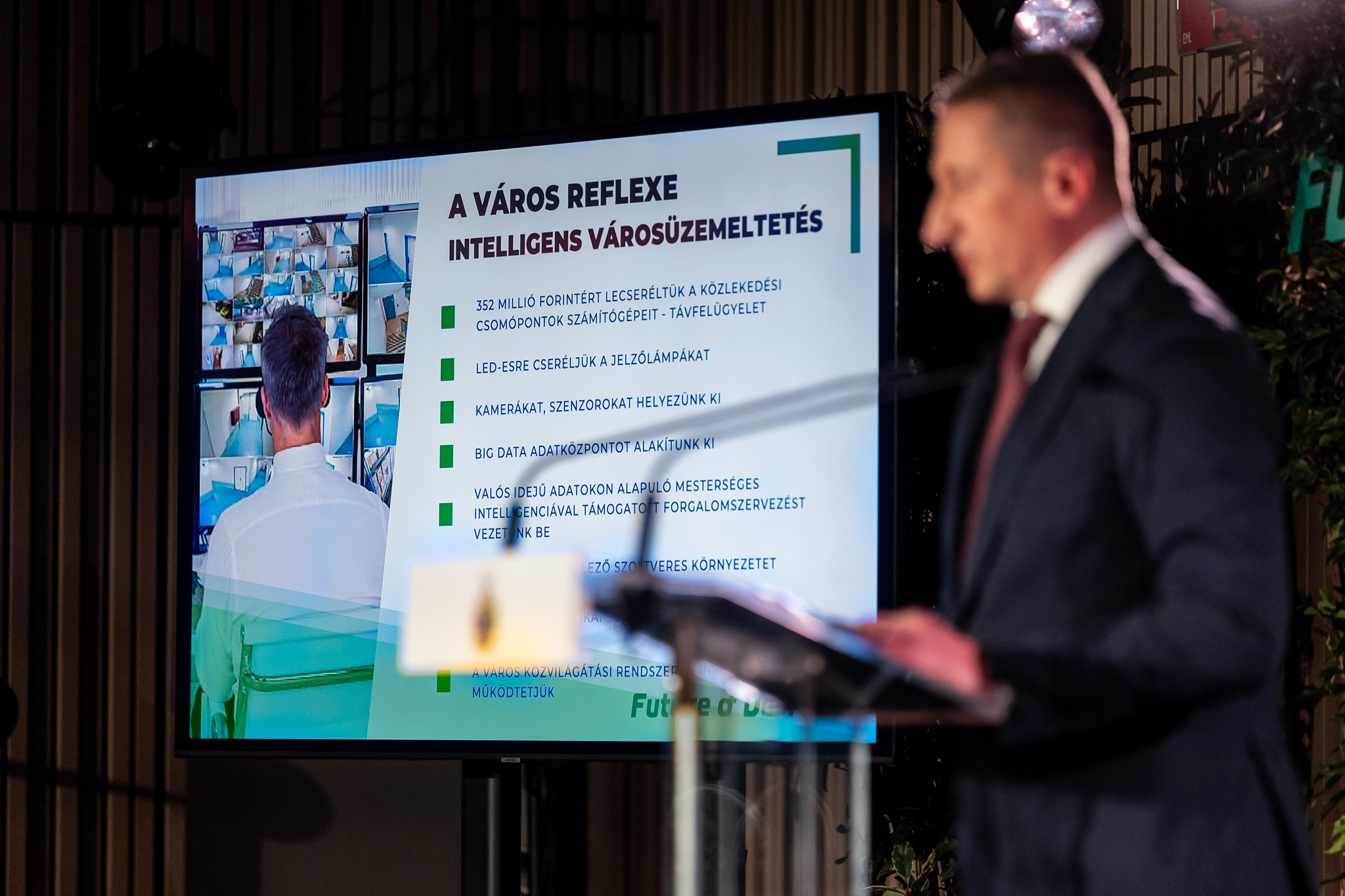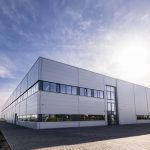Highest Level of Environmental Protection
When László Papp became mayor in 2014, he committed to to strengthen Debrecen economically. The city's economy has grown several times over in recent years and today Debrecen is the strongest city in the country after the capital. In recent years, large companies such as CATL, Semcorp and BMW have settled in Debrecen.
In parallel to the economic strengthening of the city, the city administration has also managed to make progress in the field of transport development, and new development elements have been included in the plans for the current legislative period.
However, the city administration has always considered it a priority to develop the city's economy in a way that ensures adequate safety and maximum environmental protection for its residents.



